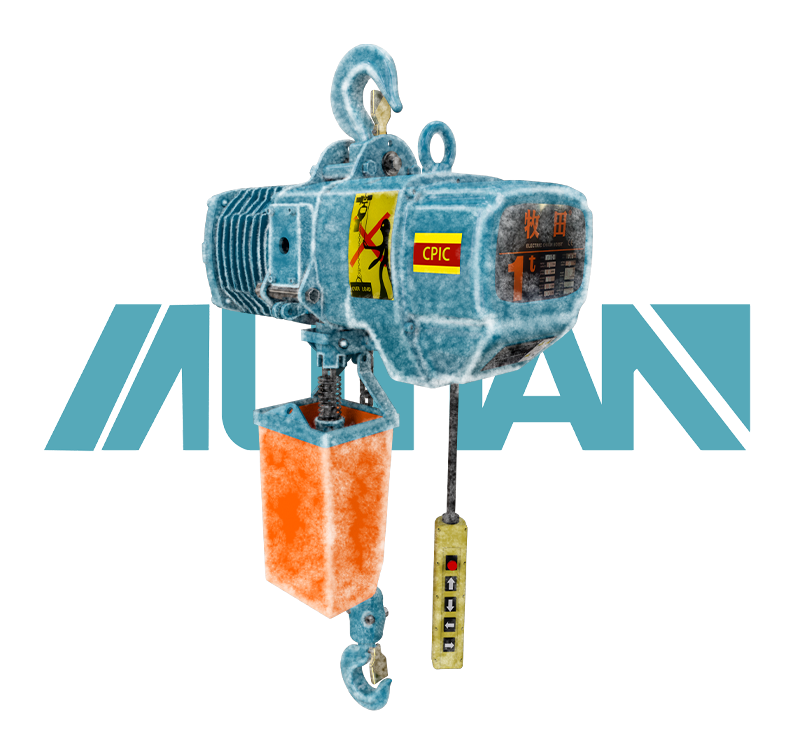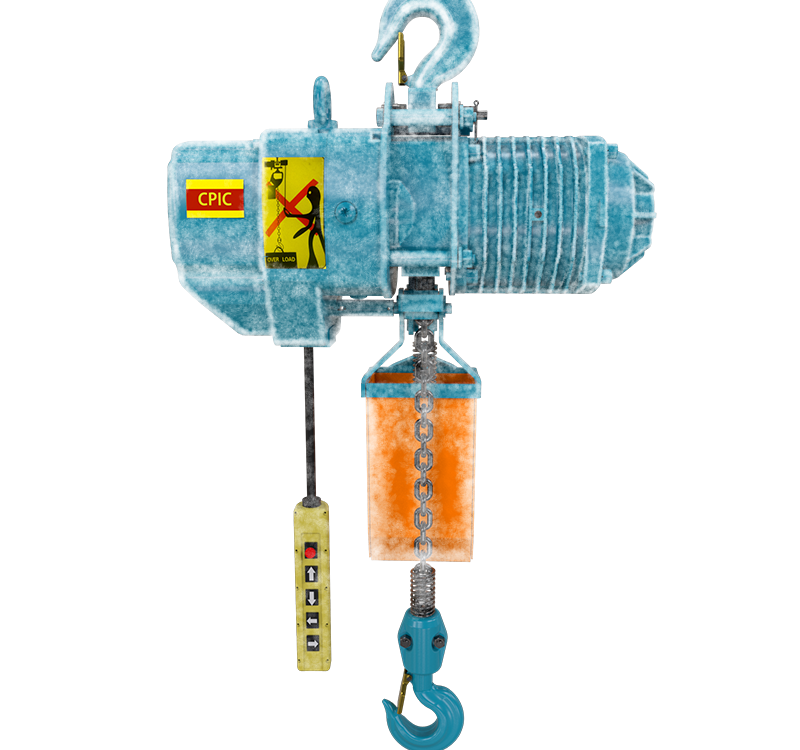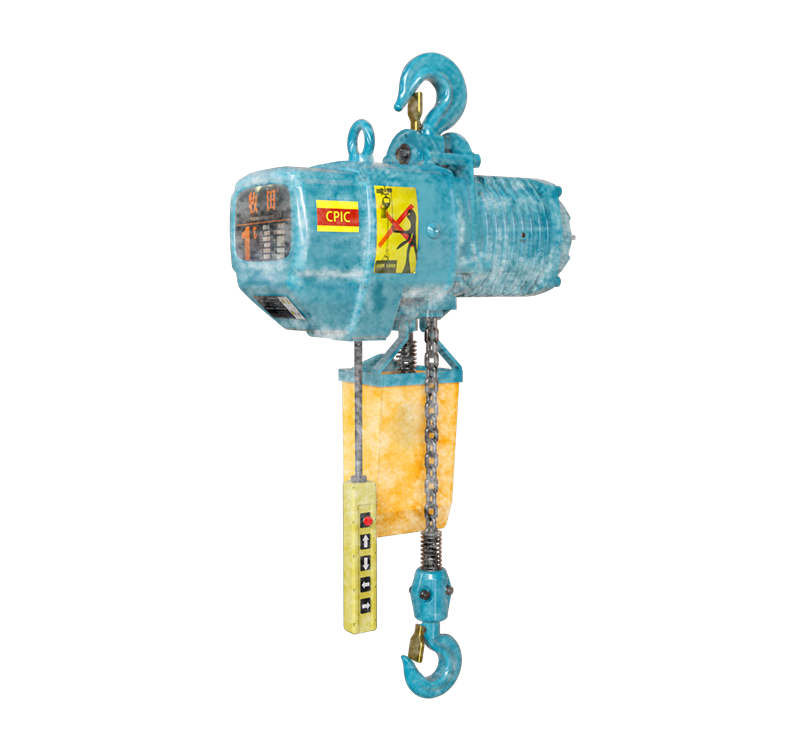 中文版
中文版



Welcome to contact us by phone:0086-0312-7969888
Cold-resistant electric hoists and ordinary electric hoists are designed to operate in different temperature conditions, and their differences lie in their construction, materials, and features to withstand cold environments. Here are some key distinctions between a cold-resistant electric hoist and an ordinary electric hoist:
Temperature Rating:
The primary difference is the temperature rating and suitability for cold environments. Cold-resistant electric hoists are designed to operate in extremely low temperatures, often well below freezing, without compromising performance. Ordinary electric hoists may not have the same level of tolerance for very low temperatures.
Materials and Lubrication:
Cold-resistant electric hoists are constructed using materials and lubricants that remain effective in cold conditions. This includes using low-temperature-resistant lubricants and materials that do not become brittle or lose strength in freezing temperatures. Ordinary electric hoists may not be equipped with these specialized materials.
Cold-Weather Features:
Cold-resistant electric hoists may have features such as insulation to protect internal components from temperature-related stress and heating elements to prevent freezing. These features help ensure smooth operation in cold climates. Ordinary electric hoists may lack these specific cold-weather enhancements.
Sealing and Protection:
Cold-resistant electric hoists often have enhanced sealing to prevent moisture ingress and to protect internal components from the effects of ice and snow. This helps maintain the hoist's functionality in freezing conditions. Ordinary electric hoists may have standard seals that may not provide the same level of protection against cold-related challenges.
Performance in Cold Conditions:
Cold-resistant electric hoists are tested and designed to maintain their lifting capacity and overall performance in cold weather. Ordinary electric hoists may experience reduced efficiency, increased wear, or malfunctions in extremely low temperatures.
Compliance with Standards:
Cold-resistant electric hoists may need to comply with specific standards or certifications related to cold-weather performance. This ensures that the hoist meets safety and operational requirements in cold environments. Ordinary electric hoists may adhere to general standards but may not have the same level of cold-weather certifications.
Specialized Applications:
Cold-resistant electric hoists are commonly used in industries and applications where low temperatures are a frequent or constant environmental factor. This includes industries such as construction, mining, and oil and gas operations in Arctic or subarctic regions. Ordinary electric hoists are suitable for a broader range of environments but may not be ideal for extreme cold conditions.
When selecting an electric hoist for use in cold environments, it is crucial to consider the specific temperature requirements of the application. Choosing a cold-resistant electric hoist ensures reliable performance and longevity in freezing conditions, preventing issues related to cold-induced material stress and reduced lubrication effectiveness. Always follow the manufacturer's guidelines and specifications for the safe and proper use of the hoist in specific temperature ranges.


X